
As a pots and pans supplier with many years of experience in exporting both customized and circular cookware, we really understand the importance of packaging pots and pans for shipping. In this article you will learn about the importance of packaging pots and pans and how to properly pack pots and pans. Let’s get started!
Why you need to pack pots and pans properly
Protect pots and pans from damage.
For metal pots and pans or pots and pans made of non-stick material, in order to avoid scratches and dents during transportation, you need to take measures such as using bubble wrap, bubble bags and other packaging materials to protect it.
Prevent the pots and pans from being shifted and damaged during transportation.
Packaging pots and pans is not to stuff them all into a box to indicate that the task is completed, to ensure that they arrive at the destination with the same state of packaging. Prevent displacement caused by the pots and pans rubbing against each other and causing damage. Prepare a box that is large enough to fit the cookware inside, but small enough to stay in place as long as possible when they are moved later. You can also use padding material inside the box to properly pack the pots and pans.
Efficient use of space to save on shipping costs.
Packing pots and pans in the right way ensures that they are not damaged and also maximizes the use of space to save on shipping costs. It is important to know that shipping costs are charged based on both weight and volume, and the greater of the two is used to determine the cost of shipping.
How to pack pots and pans for shipping?
Step 1: Prepare packing materials and determine the contents to be packed
Gather packing materials and count the pots and pans to be packed into the same box, including pot accessories. If the end customer receives an incomplete set of pots and pans, the shopping experience will be very poor.
Step 2: Wipe the pots and pans to keep them dry and bright, and pack each individual
After carefully scrubbing the pots and pans, wrap each individual pot in a bag to make sure they stay shiny and clean even after a long period of transportation. Next, pots and pans that are the right size for stacking are stacked to minimize wasted space.

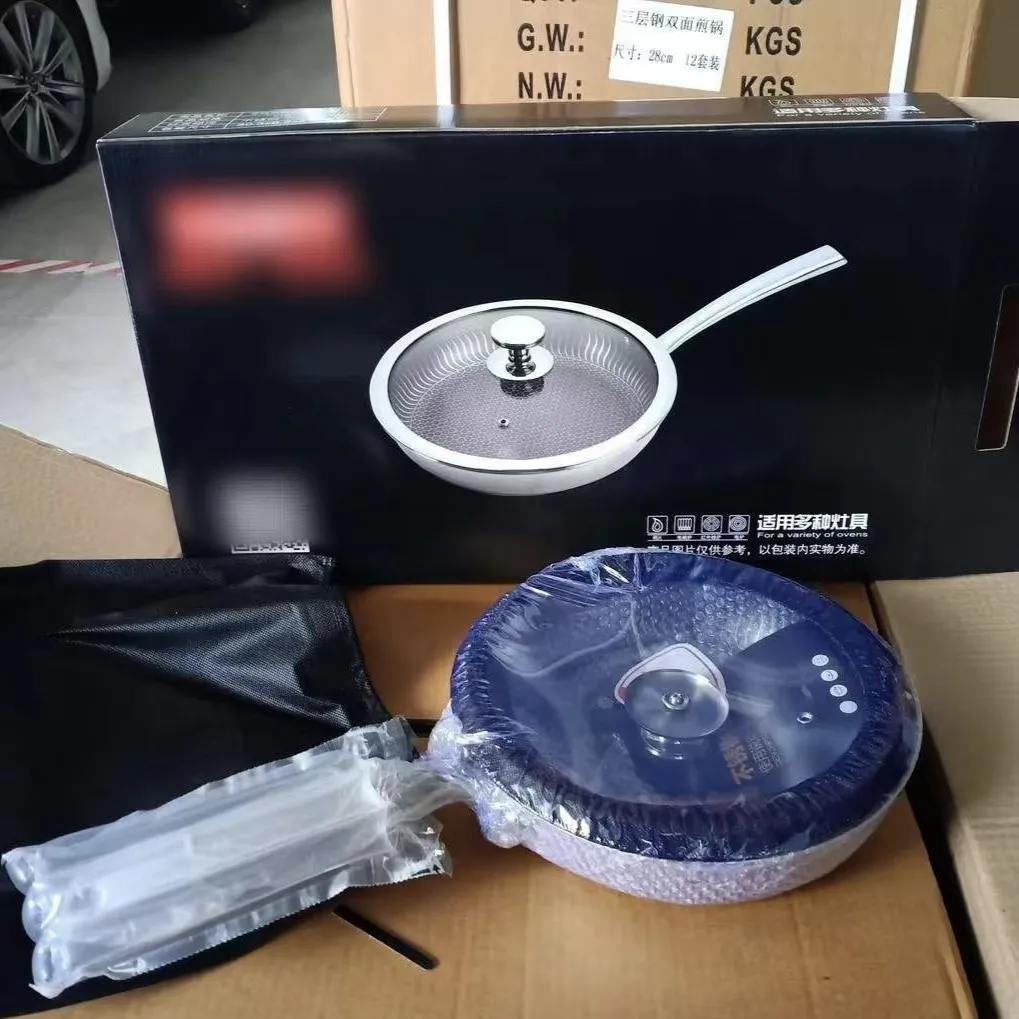
Step 3: Use sturdy outer packaging materials
Choose the appropriate box. The size of the box can accommodate the pots and pans that need to be packed. If necessary, you need to fill the gaps with foam paper, etc., so that there is no clanking sound when shaking. Put the packaged pot box into the outer corrugated box for overall transportation.
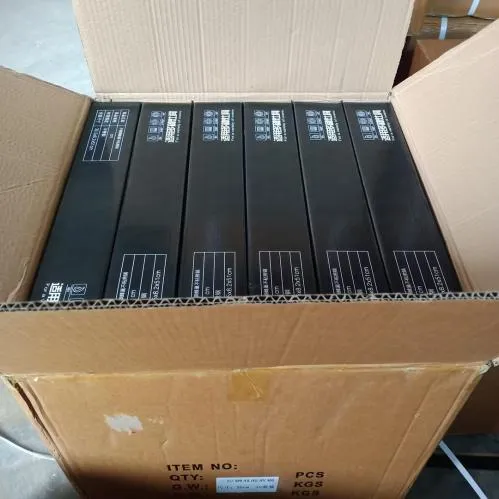
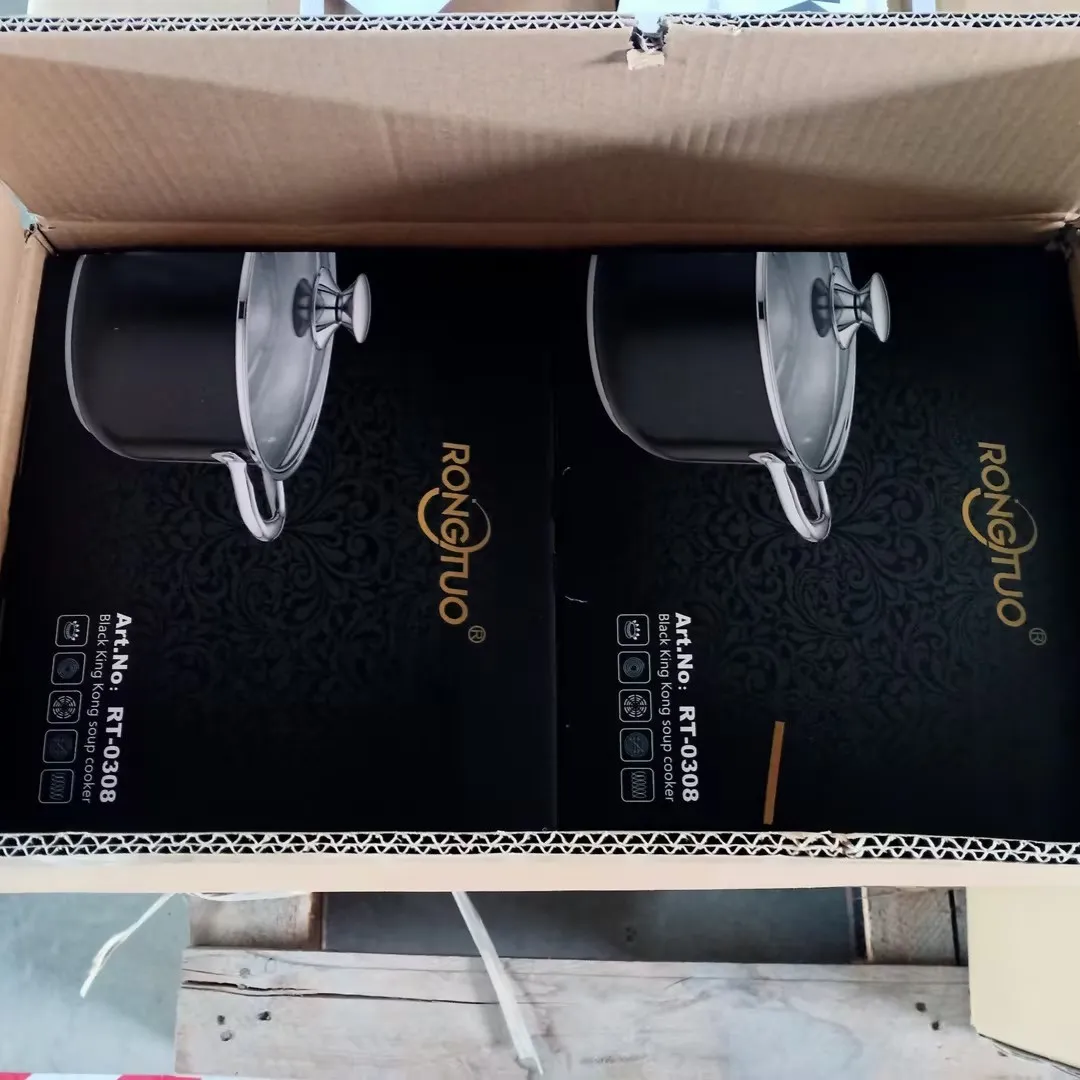
Step 4: Put on the packing tape
Wrap the packed corrugated cartons tightly with packing tape to make it easier for the carrier to transport safely without worrying about items falling out or being damaged.
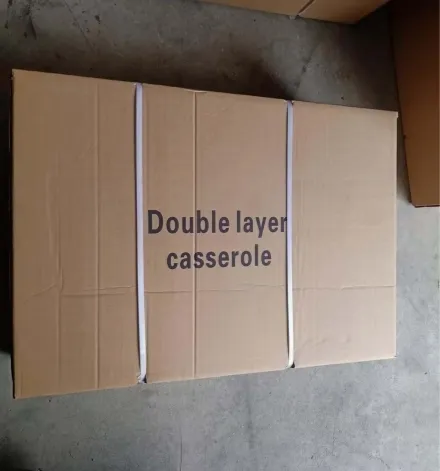
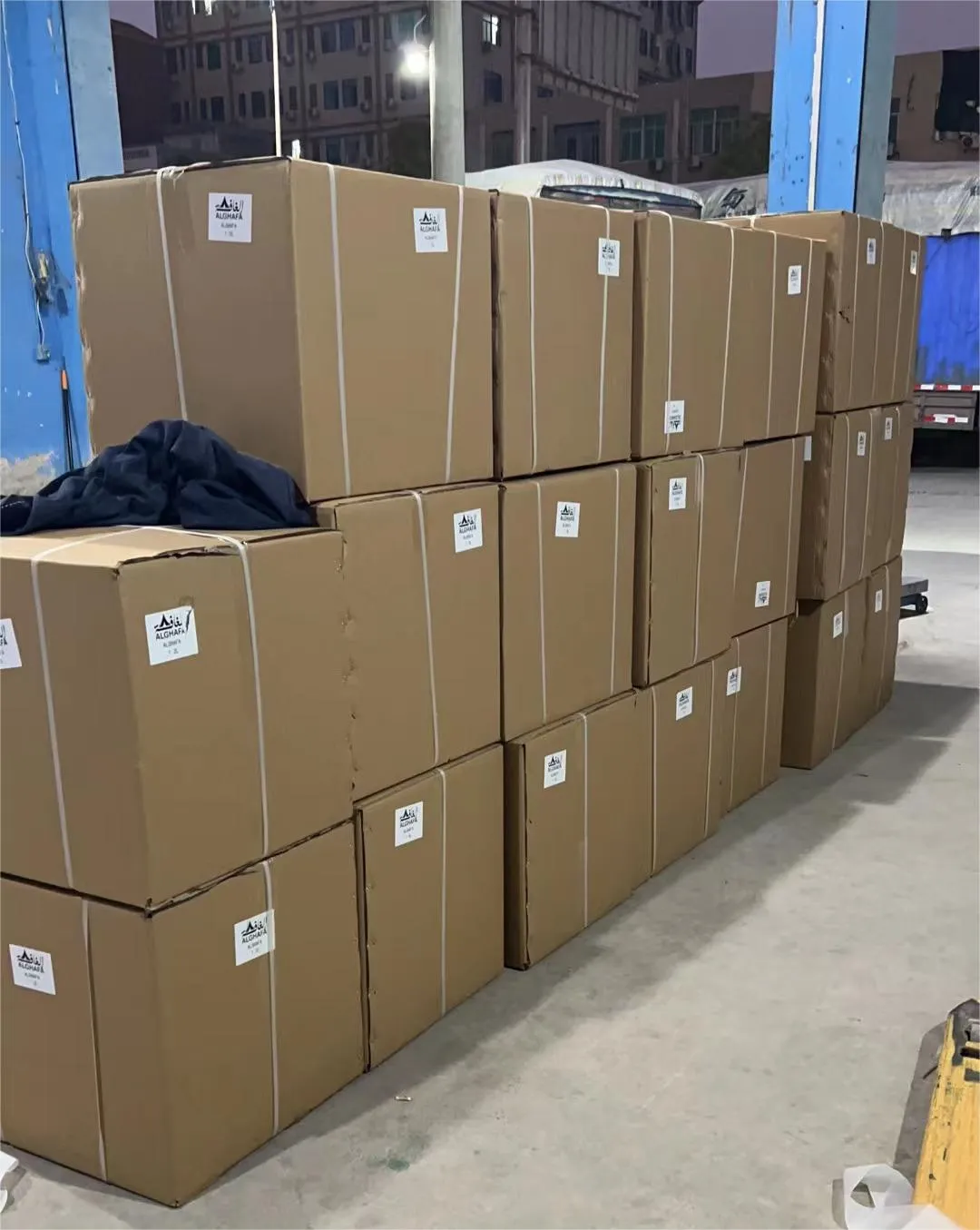
Step 5: Load the container and start transportation
According to the shipping label, place the box firmly into the container to ensure that it will not slide or tip over during transportation.
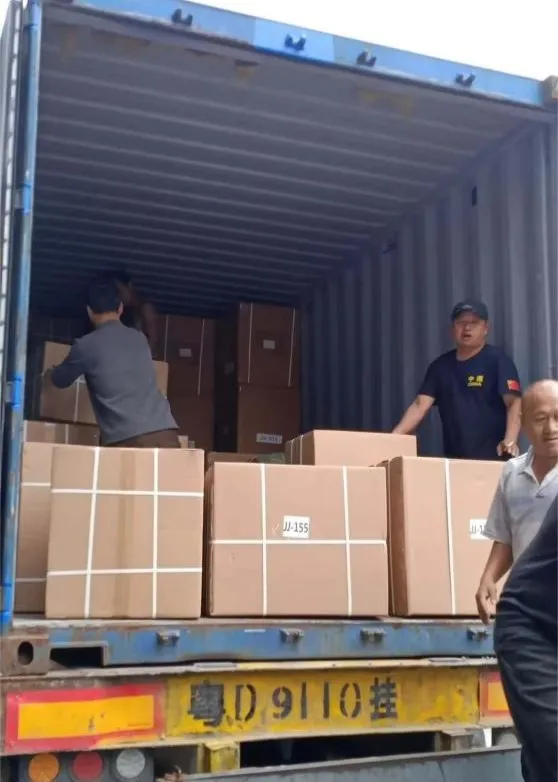

결론
As a reputable supplier of pots and pans, we are committed to ensuring customer satisfaction and that the transportation process from the warehouse to the customer’s doorstep should be as smooth as possible.Follow these steps to ensure your pots and pans are packed securely and arrive at their destination safely. It’s a joy to develop a business that gives customers trust and satisfaction, especially one that sells kitchen pots and pans. With a focus on reliable packaging that protects the cookware from damage during transportation and storage, customers are satisfied by receiving a fully-fitted and polished product.Additionally, efficient packaging helps save on transportation costs, allowing you to offer your customers competitive pricing while remaining profitable. By maximizing space and securing goods, you can optimize logistics operations and streamline business processes.
In short, proper packaging of pots and pans is critical to protecting the integrity of the product, reducing damage during transportation, and enhancing the customer experience. By following the steps outlined in this guide and paying attention to detail, you can build trust with your customers and establish a reputation for reliability and excellence in your industry. If you would like more information, please contact us!
